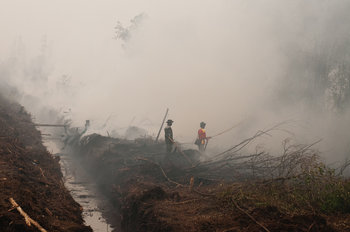
Brown GoodsNon-mechanical durable goods such as a sofa. | Capital GoodsGoods that can be used to create other goods and services. |
Club GoodsYou can exclude people from using the good and many people can use it at the same time. Example: a theme park. | CommoditiesInterchangeable goods that consumers will purchase on price alone. |
Common GoodsA resource that anyone can use that is depletable such as fish in the ocean. | Common ResourcesGoods that anyone can access such as a public beach. |
Complementary GoodsProducts and services that have correlated demand such as the shops at an airport and flights. | Consumer DiscretionaryCustomer products and services that are purchased out of choice as opposed to need such as jewelry. |
Consumer GoodsProducts, services and experiences purchased by individuals and households. | Customer DurablesConsumer goods that last more than 3 years such as a baby stroller. |
Digital GoodsProducts and services that are completely digital such as a mobile app. | Durable GoodsLong lived products that aren’t consumed. Includes small products such as books while consumer durables traditionally refers to big things. |
Economic GoodsGoods produced by humans as opposed to natural goods such as a beach. | Experience GoodsProducts and services that are more of an experience than a physical thing. |
Fast-moving Consumer GoodsConsumer goods that are consumed and regularly repurchased such as food. | Finished GoodsReady to be sold to the end-customer. |
Inferior GoodsA good that you consume less as you earn more. | Information GoodInformation that has value. |
Intangible GoodsGoods with no specific physical presence such as an education. | Luxury GoodsGoods that are relatively expensive and nonessential. |
Merit GoodsA product or service where customers have difficulty in assessing quality. For example, the quality of professional advice. | Natural ResourcesValue that would exist without people such as a place of scenic beauty. |
Necessity GoodsThings that you can’t stop buying even when your income declines. | Private GoodsThings that can be owned. |
Public GoodsGoods that everyone can use where use by one person doesn’t prevent use by another. Example: air. | Substitute GoodsDissimilar goods that can nonetheless substitute for each other such as restaurants and grocery stores. |
Superior GoodsGoods that you purchase more as your income rises such as fine dining. | Unsought GoodsGoods that are difficult to sell because people aren’t motivated to buy them. |
Veblen GoodsGoods that receive more demand at a higher price. A rare exception to normal laws of supply and demand. | Virtual GoodsGoods that function in a virtual world or environment. |
White GoodsMechanical consumer durables such as a washing machine. |


















